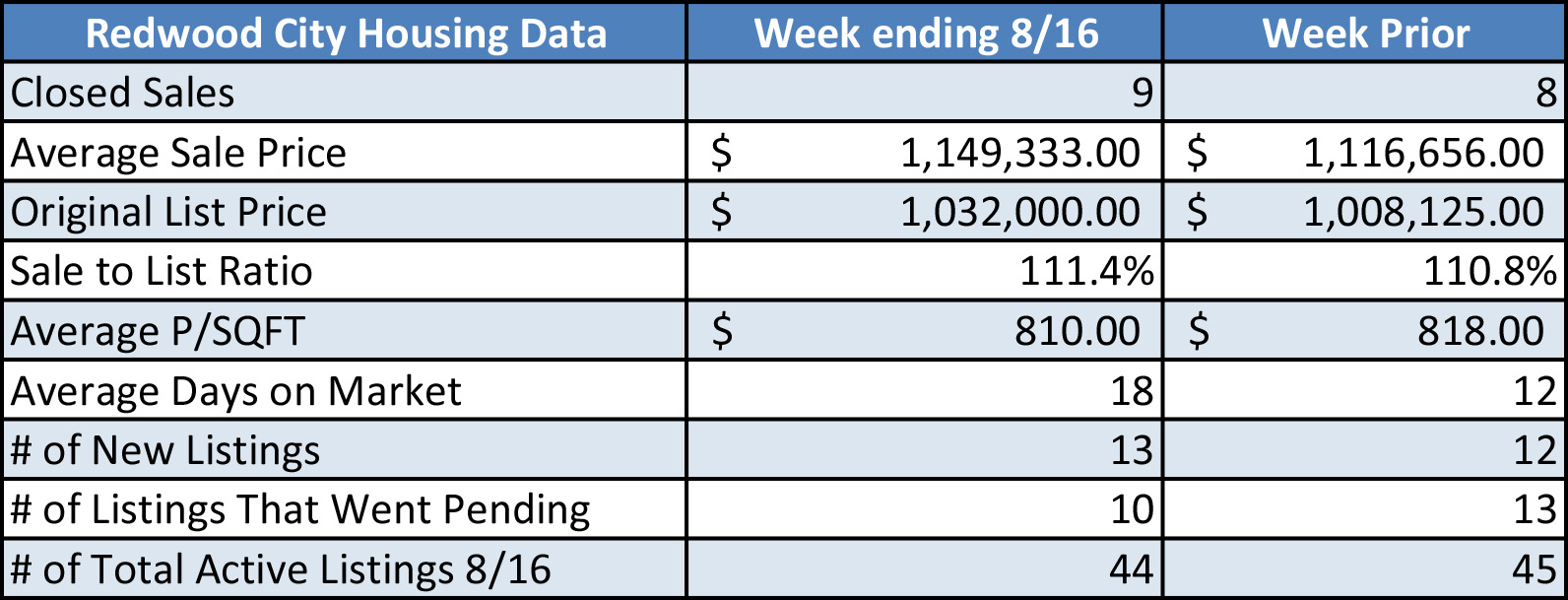Seattle-based online benefits and compensation firm, Payscale, recently ran a study in which it pulled data from 650,000 surveys filled out by millennials (those born between the years 1982-2002). The question they were attempting to answer was, "where are millennials most likely to find the most rewarding jobs"? The factors they took into consideration were: median pay for millennial workers, unemployment rate in the area (as of June '15), median commute time, percentage of millennials reporting high job satisfaction, and the percentage reporting low job stress.
The study found that the San Francisco metro-area, which they refer to as "San Francisco-San Mateo-Redwood City, was the 2nd most likely place for a millennial to find a rewarding job - behind only the Seattle metro, and just ahead of 3rd place San Jose metro. However, I suspect there was some favoritism at play, as the SF metro actually ranked as high or higher than Seattle on most of the variables in the study. Our median pay for millennials was listed at $69,700 (vs. $55,000 in Seattle), unemployment at 3.4% (vs. 4% in Seattle), and the share of satisfied workers at 70% (same as Seattle). The only variables in the study that Seattle might best us on is commute time and job stress.
I'll concede to Seattle on commute time. I don't have any experience commuting in Seattle, but we all know how backed up traffic can get around here.
But as for job stress? I'M NOT STRESSED!!! JUST LEAVE ME ALONE, OK??!!
In all seriousness though - Seattle is a rapidly growing tech hub with companies like Amazon, Microsoft, and Zillow calling it home, and many others opening up offices. There was even an article floating around a few months ago claiming that tech workers were leaving SF and the Silicon Valley for a more manageable cost of living in cities like Seattle and Austin, which I addressed in a past blog. But my stance now, as it was then, is that the SF Bay Area/Silicon Valley is the undisputed tech capital of the world, and nothing stands to change that any time soon - especially with tech giants like Google, Facebook, Yahoo, Youtube, Linkedin, Twitter, and Apple continuing to grow here at mach speeds.
Maybe it is reckless to equate the tech workforce with the millennial workforce. But since the two are so intrinsically linked, I feel comfortable saying that as long as the SF Bay Area remains #1 in tech, we remain the #1 haven for the millennial workforce.





